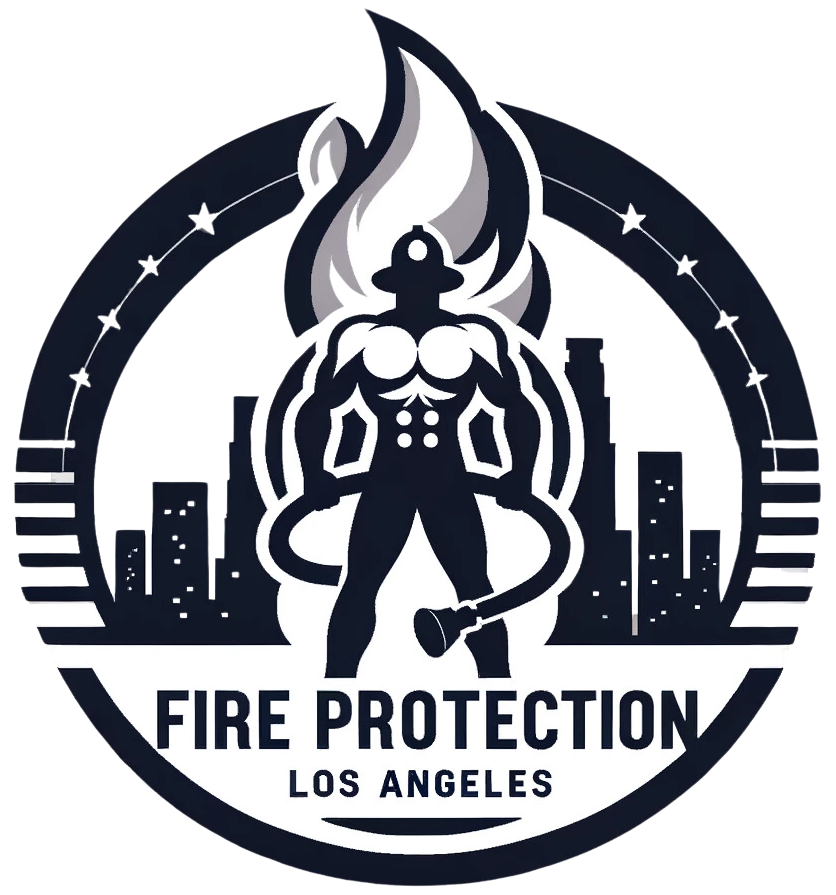The Unique Landscape of Wildland Firefighting
The vast expanse of nature offers not just beauty but also a series of challenges, especially for wildland firefighters. Unlike urban settings with structured environments, wildland firefighters confront an unpredictable and often treacherous terrain.
Mountainous Terrains: Elevation and Accessibility Concerns
Mountains pose a dual challenge: the difficulty of climbing elevations with heavy equipment and the rapid upward spread of fire, often termed “chimney effect.” Steep slopes can accelerate the fire’s spread, making it both dangerous and challenging to contain.
Dense Forests: The Labyrinth of Trees and Undergrowth
In thick forests, visibility drops, and navigating becomes a challenge. The dense undergrowth can hide smaller fires that can flare up without warning. Moreover, falling trees or “snags” can pose a significant risk to firefighter safety.
Wetlands and Marshes: Waterlogged Dilemmas
While it might seem counterintuitive, wetlands can be challenging for firefighting. The waterlogged ground can hinder movement, and the thick vegetation, like peat, can smolder underground and reignite on the surface.
Deserts and Dry Areas: The Dehydration Challenge
While deserts might have less vegetation, their dryness means any fire can spread quickly. The arid conditions also put firefighters at risk of dehydration, making it imperative to have support systems to keep them hydrated.
Rugged Canyons and Gullies: The Hidden Fire Pockets
Canyons can channel winds in unpredictable ways, altering a fire’s course suddenly. The deep gullies can hide pockets of fire, which can burst forth, driven by the canyon’s wind channels.
Techniques to Overcome Terrain Challenges
Aerial Surveillance and Support Helicopters and drones can provide a bird’s-eye view, offering insights into the fire’s spread and the terrain’s challenges. They can also offer aerial drops to support ground crews.
Specialized Ground Equipment From tracked vehicles that can navigate rough terrains to lightweight equipment designed for rapid mobility, having the right tools is crucial.
Conclusion: Adapting to the Ever-changing Landscape
The dynamic terrains of wildlands require firefighters to be equally adaptable and prepared. While the landscape offers numerous challenges, with the right training, equipment, and support, these brave individuals rise to the occasion, ensuring our natural spaces remain safe and preserved.








